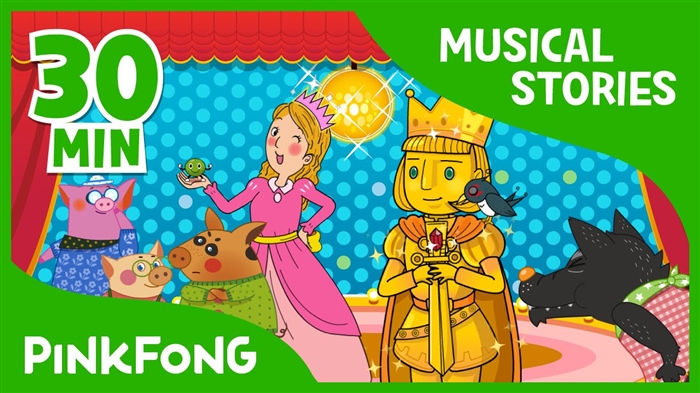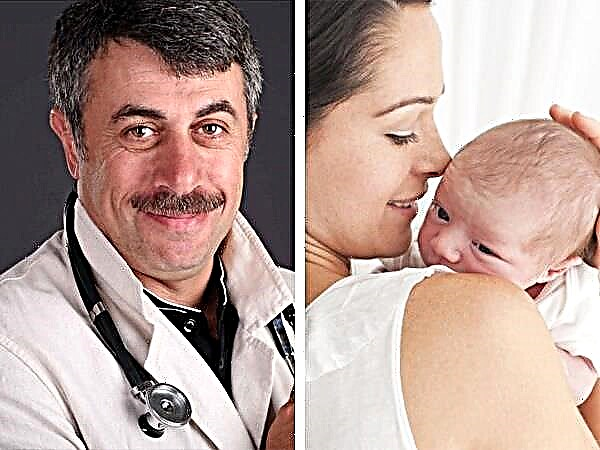When a child begins to walk and gag, he usually always has an enthusiastic audience: there is nothing funnier or more adorable than a toddler learning to make the first sounds. Your little genius will learn to speak in stages, starting with vowels, sighs, hums, grunts and grunts - the initial steps to the first words. But it all starts with a special, unique and native language for your child - humming.
Humming and gagging is a stage in the infant's speech development, during which the child experiments with the pronunciation of articulated sounds, but has not yet begun to pronounce any recognizable words. Babies don't necessarily go out and about when they are happy or upset. They can also chat spontaneously and non-stop when emotionally calm.
When does a child start to gag and walk?
Humming and gurgling appears soon after birth and progresses through several stages. A newborn baby speaks only with a cry. Then, by a month, the repertoire of sounds in children expands, and vocalization becomes more verbal. Babies usually begin to speak recognizable words when they are around 12 months old, although humming may continue for a while.
Humming and humming can be viewed as a precursor to language development, or simply as vocal experimentation. These early forms of sound reproduction are the easiest for children because they contain natural, reflexive, mostly vowel sounds.
It is assumed that gurgling occurs in all children who acquire a language. Babies all over the world follow general trends in humming and gurgling. The differences that exist are a consequence of the sensitivity of children to the characteristics of the language that they constantly hear. Babies imitate the features of this language (intonation, tone, stress). The baby gulps using consonants and vowels, which are most often found in their parent language.
The babbling is made up of a few sounds. This means that the baby prepares the pronunciation of the basic sounds necessary in order to speak the language that he constantly hears.
If a child's throbbing occurs in the first year, it can be concluded that his speech is developing normally. As the baby grows and changes, the pronunciation of sounds also changes.
Timeline of typical vocal development
Babies follow a general pattern of vocal experiences during childhood. This timeline provides a general outline of expected events from birth to one year:
- Agukanye and humming usually lasts 6 - 9 months.
- The babbling period ends at about 12 months, because this is the age when the baby starts speaking the first words.

However, some children may show a lot of variability, and this timeline is only a guideline.
- from birth to 1 month babies produce mainly sounds of pleasure, cries for help and reactions to the human voice;
- about 2 months babies can already distinguish between different sounds of speech and make something similar to "goose sounds", or groaning;
- about 3 months toddlers will begin to make elongated vowel sounds "oooo" "aaaa" (first agu), and will respond vocally to others. They continue to emit predominantly vowel sounds;
- about 4 months children can change their presentation and imitate the tones of adult speech;
- about 5 months the crumbs continue to experiment, trying to imitate some of the sounds pronounced by adults;
- about 6 months children change volume, pitch and speed. When babies are 6 months old, they can finally control the opening and closing of the vocal tract. Having received this ability, babies begin to distinguish between different sounds of vowels and consonants.
This age is often distinguished as the beginning of the canonical stage. During this stage, humming is a reduplicated (doubled) sounds, including alternating vowels and consonants, for example, "baba" or "bobo";
- about 7 months babies can make several sounds in one breath. They also recognize different tones;
- on 8 month babies can repeat individual syllables. They mimic the gestures and tonal quality of adults. Children also reproduce colorful humming. The varied chatter contains a mixture of consonant and vowel combinations such as "ka, yes, boo, ba, mi, bow". The variety of this babble differs from the reduplicated one in terms of the variation and complexity of the syllables formed;
- about 9 - 10 months babies can imitate speech-like sounds, not speech, if they are in the child's repertoire. When children start to gag, it already starts to sound like their native language. The general structure of the syllables they reproduce is very closely related to the sounds of their mother tongue, and this form of humming greatly anticipates the form of the early words;
- on 11 month toddlers imitate the inflections, rhythms and expressions of the speakers;
- by 12 months babies can usually speak one or more words. These words refer to the things they name. Children use them to attract attention or for a specific purpose. The crumbs continue to make walking sounds outside of their first words.
The transition from humming and gagging to language
Modern research supports the idea that babbling is directly related to language development.
According to this hypothesis, when a baby starts to say "aha", it is a direct harbinger of language. First, children reproduce universal sounds that exist in all parts of the world and in all languages.
Reduced humming reproduces several sounds, but only some of them ("ma-ma" and "pa-pa"), having turned into "mom" and "dad", are recognized as significant and, thus, are encouraged by the parents, and the rest are not given attention how meaningless. This opinion is consistent with the statement that anatomical changes in the vocal tract are very important, but implies that the social environment in which the infant is raised has a greater impact on language development.

When babies start to gurgle, they pay close attention to their parents' reactions and perceive the response as an approval of the sounds they make. This reinforcement through reflection helps babies to focus their attention on specific features of the sound. Social feedback contributes to accelerated learning and earlier reproduction of a variety of extended words.
There is evidence that humming differs depending on the language environment in which the child is brought up. It has been highlighted that babies born in French-speaking environments exhibit more upward intonation in contrast to babies raised in English-speaking environments. This is likely due to the differences between French and English intonations when speaking.
The order of consonant and vowel composing in Russian, English, Swedish, French, and Japanese babies also appears to be similar to the order of their mother tongue. These results support another hypothesis, suggesting that children's babbling resembles the phonetic characteristics of the child's native language due to the impact of speech.
When children are exposed to two languages, their babbling resembles the language they are most exposed to. The dominant language is the one that has the greatest impact on the child.
Abnormal development
Normally, all normally developing babies will babble at 6 months of age. However, infants with certain medical conditions or developmental delays may show delay or lack of humming. For example, babies with autism may experience a delay in drinking, and in some cases it may be completely absent. Walking is less common in children with autism than in typically developing children, with a smaller range of syllables created during the reduplicated babbling stage.
Walking can also be delayed in babies born with Down syndrome. The reduplication stage in children with Down syndrome may appear up to 2 months later than in other infants, although the production of sounds is similar to humming in normally developing infants.
Humming with deaf children
Studies have been done to find out if infants with hearing impairments can reproduce typical vocal sounds.
Agukanye can appear at the same age and in similar forms in a hearing and deaf child, but the further continuation of the development of speech depends on the child's ability to hear himself. For this reason, deaf children stop babbling verbally earlier than hearing children.
Children start to gurgle when exposed to language, but vocal babbling may be delayed or absent in deaf children.
Hearing-impaired children, after placing their hearing aids, begin to hear speech and babble like healthy babies.
Deaf children not only lag significantly behind in the development of spoken language, in contrast to hearing peers, but also reproduce less noise. This suggests that auditory experience is essential for the development of spoken language.
How to teach a child to gag?
To help your child increase the sensitivity of the language (understanding what he hears) and his desire to walk and gag, talk to the baby more often.
There is no right or wrong way to talk to your child. Whether you're reading a book, chatting about the weather, or describing what's on the shelf at the grocery store, it'll all be good for your child's language skills. Babies love to talk, listen to and imitate your cues. This is how they learn to speak.
Methods of encouraging the child to "talk"
- give the child a toy and talk about it.

"Dog! This is a purple dog. Bow-wow!";
- include eye contact with your child while he is talking to you. When he talks, look the baby in the eyes, smile and answer;
- imitate a child's chatter. If you hear him mimicking the sounds you make, repeat it over and over. Repetition may seem simple and silly, but it is very interesting for the crumbs. It encourages his practice of vocalization, and also teaches the toddler that sounds are not only funny, but also a way of communication;
- ask a lot of questions.
"Should we go to the park or the playground?"
"Do you think Grandma would like this greeting card to have flowers or birds?"
Then answer yourself.
"Yes, I think Grandma would like these cute birds."
Yes, you are talking to yourself, but at the same time you are simulating a question-and-answer conversation;
- if you don't know what to talk about, tell your child what you (and he) are doing.
“Mommy is putting on a jacket! Now let's put on mittens - one, two - and a cozy hat. How about this one with purple flowers? "
Until the baby understands what you are telling him about, but over time he will start to do it.
- read books. Books are a super-source of new words for a child. Reading allows the child to hear how phrases sound.
Thus, hum and gurgle are the building blocks for understanding speech and language. And even the most stupid sounds and noises help the child to practice the articulatory movements that he will need to develop his speech.
With enough practice and support from you, your baby's babbling will eventually develop into the baby's first basic words.



